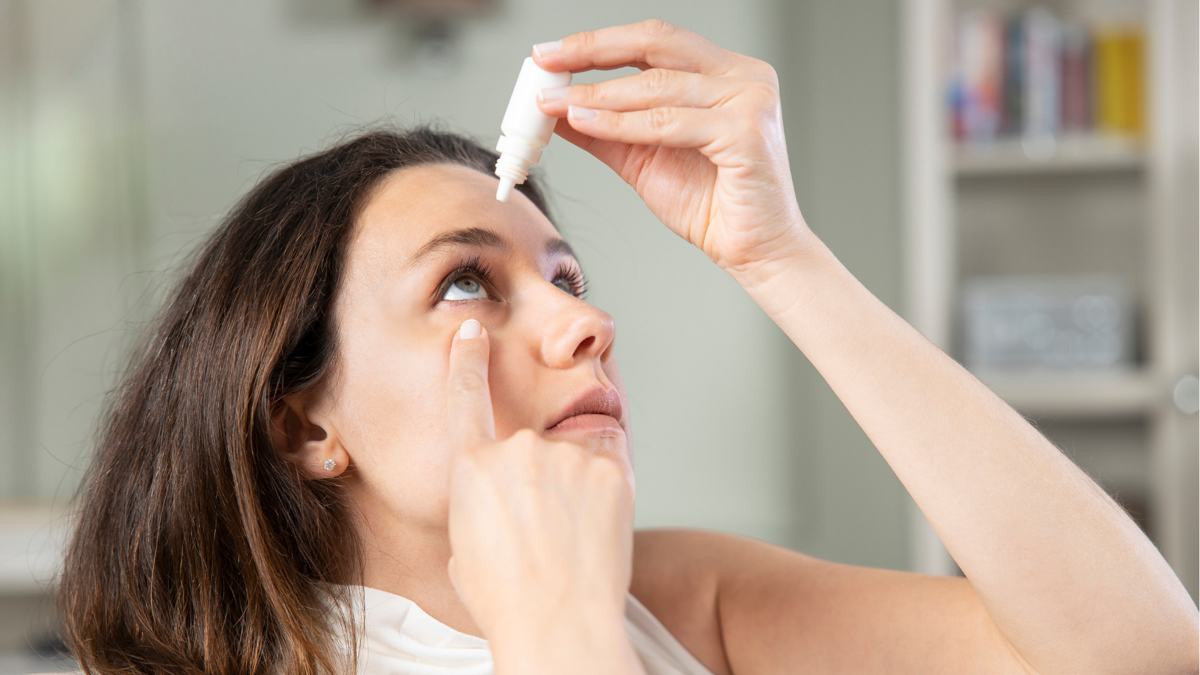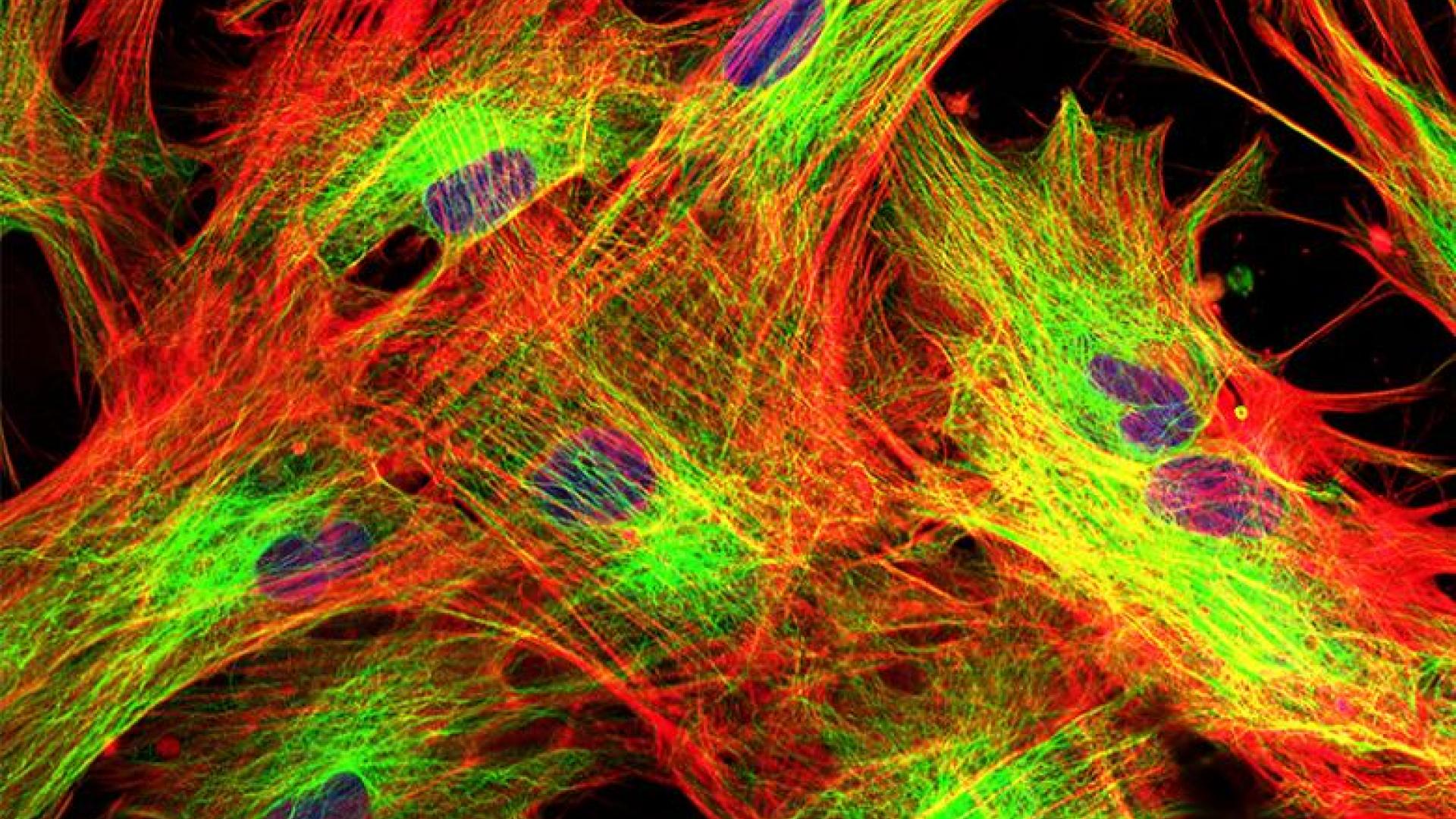
If you use eye drops for glaucoma, you may wonder if there is a difference between brand name and generic medications. This article explores this topic and provides information that you can discuss with your eye doctor.
Brand Name Drugs
A drug retains its “brand name” status while it is under patent protection, and has a name that is not the actual chemical compound, but rather a name that is usually easier to remember. However, once the patent protection expires, other manufacturers can make the medication as a generic and then it is sold under its chemical name.
While the “brand name” drug is still on the market, there may be two different names for the same medication. For example, Cosopt® is the brand name for a combination medication that contains two drugs to treat glaucoma: dorzolamide and timolol, which are the generic names.
To make things even more confusing, there also can be multiple brand names for a single class of drugs. For example, Xalatan®, Lumigan®, and Travatan-Z® are brand-name glaucoma drugs that all belong in a drug class called prostaglandin analogues. In 2011, Xalatan’s patent expired, so drug manufacturers were able to produce latanoprost as a generic. Many patients who had difficulty with the expense of any of the brand name prostaglandin analogues switched to generic latanoprost.
Benefits of Generic Drugs
The number one benefit is cost; generics are less expensive. And if you are already taking multiple eye drops, the cost savings by using generics can add up. For example, a bottle of Xalatan, a brand-name drug, costs on average of $185 in San Francisco, where I practice. In 2011, when the patent protection of Xalatan expired, generic latanoprost was introduced by multiple pharmaceutical companies and costs between $15 and $30. One way to identify a pharmacy near you with the best price for your prescription is GoodRx.com, which is where the prices above (with coupons) were found. Decreased cost of glaucoma drops has been shown to increase adherence or compliance with taking a medication as prescribed.
Disadvantages of Generic Drugs
The primary concern is whether the generic is as effective as the brand-name drug. So what are the current standards that the FDA requires for generic medications?
Since 1992, generic eye drops have been required to have the same active and inactive ingredients as the brand-name product and all active and inactive ingredients are required to be listed on the package insert.
If they do not contain the same active and inactive ingredients, then a study showing “clinical bioequivalence” must be performed. Typically, for an oral medication, blood levels are measured to see that they are similar. However, it is not practical to measure how much medication is in the patient’s eye after eye drop administration, so other studies are then necessary.
There are some stringent requirements that generics must meet. Even if the active and inactive ingredients are the same, the FDA also requires the generic to be identical in strength, dosage form, and route of administration. The same requirements that the FDA has for brand name drugs from batch to batch (for example: strength, purity, quality) must be met by the generic.
The generic must also be manufactured using the same standards and good manufacturing practices required for brand-name products. However, the FDA does not require a clinical trial demonstrating that the generic is just as effective as the brand-name medication in patients. In summary, all of these requirements suggest that generics must meet fairly high standards set by the FDA.
However, despite the strict formulation and manufacturing guidelines required by the FDA for generics, there are other concerns pertaining to generic glaucoma drops. One problem is the different bottle design and the size of the bottle and eye dropper of generics. Some bottles are harder to squeeze than others, and patients whose vision is severely impaired may rely on the shape of the bottle to know which drop they are using.
For example, the brand name Xalatan comes in a small, flat, somewhat flexible bottle, whereas the generic versions may be contained in a more rigid, round bottle that is similar in size and shape to other glaucoma eye drops. The bottles may also vary in terms of the amount of drop that is released, so patients may experience a situation where they run out of the medication before they can refill it. One example of this is a generic formulation of timolol that did not have a hole in the tip when the package was opened. To administer the drop, the patient needed to use the bottle cap to poke a hole in the tip of the bottle. A patient did not realize this and instead took a pair of scissors to cut open the tip, resulting in a large amount of drop wastage and running out of the medication early.
Finally, some of my patients bring in drops from other countries, where glaucoma medications may be a lot less expensive. Unfortunately, it is difficult to know how strictly the generic drug adheres to the brand name formulation, and if there are differences in the inactive ingredients, for example. The inactive ingredients are very important for maintaining the drop’s consistency and pH (a measure of how acidic or alkaline a solution is), and different preservatives impact how well you tolerate the eye drop.
If you are concerned about whether your generic has been FDA approved, you can check the “Orange Book” here. Type in the generic name of the medication under the “Search by Active Ingredient” link.
Another potential concern with generic eye drops is that your pharmacy may dispense the same glaucoma drop made by different manufacturers from month to month. This is because the pharmacy will tend to purchase the medication from whichever generic manufacturer is offering the lowest bid. Indeed, this is partly why the “same” drug may be priced differently at various pharmacies in your area. To find out which generic manufacturer’s eye drop is being sold at any particular pharmacy, a call to that pharmacy may help.
Finally, for those who are sensitive to the preservatives used in eye drops, the preservative-free formulations of glaucoma drops (for example, Zioptan PF or Cosopt PF) are not yet made by generic manufacturers. You should ask your ophthalmologist whether there are coupons or programs to assist with the cost of preservative-free medications.
Summary
So, how do you determine whether you should use a brand name or a generic? This is a conversation you should have with your eye doctor. It helps if you bring your eye drop bottles to every visit, and let your doctor know if the bottle for a particular medication changes in any given month. There are instances where brand name medications may be preferred and this may include tolerability issues (often this is due to the preservative used in the generics vs. name brand) and effectiveness of the eye drop.
In my practice, it is uncommon to have a patient whose eye pressure control is lost after a switch to a generic, but it does happen. If you cannot tolerate the generic or it is ineffective your eye doctor should be able to help you file paperwork with your insurance company to have them cover the brand-name medication.
You are your own best advocate, and in partnership with your eye doctor, you can determine whether generic or brand-name glaucoma medications are best for you.
COMMON GLAUCOMA MEDICATIONS
Alpha Adrenergic Agonists
This class of medication reduces aqueous humor production and increases its outflow. Allergic reactions frequently occur with this class of medication.
Examples include:
- Apraclonidine (Iopidine®)
- Brimonidine (Alphagan®)
- Epinephrine (Glaucon® and Epifrin®)
- Dipivefrin (Propine®)
Beta Blockers
This type of medication works to lower eye (intraocular) pressure by reducing aqueous humor production and decreasing the rate at which the fluid flows into the eye.
Examples include:
- Timolol (Timoptic XE Ocumeter® and Timoptic®)
- Levobunolol (Betagan®)
- Carteolol (Ocupress®)
- Metipranolol (OptiPranolol®)
- Betaxolol (Betoptic®)
Carbonic Anhydrase Inhibitors
These are eye drops or pills that reduce fluid production in the eye. Examples include:
- Dorzolamide (Trusopt®)
- Brinzolamide (Azopt®)
- Acetazolamide (Diamox®): an oral medication
- Methazolamide (Neptazane®): an oral medication
Miotics
This type of medication is a cholinergic agent, which causes the pupil to become much smaller in diameter and helps increase fluid drainage from the eye. Examples include:
- Pilocarpine (Isopto Carpine®, Pilocar® and Pilopine HS® ointment)
- Echothiophate (Phospholine Iodide®)
Prostaglandin Analogs
This medication reduces eye pressure by increasing the outward flow of fluid from the eye. Examples include:
- Tafluprost ophthalmic solution (Zioptan™)
- Latanoprost (Xalatan®)
- Bimatoprost (Lumigan®)
- Travoprost (Travatan®)
- Unoprostone isopropyl ophthalmic solution (Rescula®)
- Latanoprostene bunod ophthalmic solution (Vyzulta™)
Rho Kinase Inhibitors
- Netarsudil ophthalmic solution (Rhopressa®)
Combinations
Combinations of eye drops may also be used to achieve better results. Examples include:
- Dorzolamide and timolol (Cosopt®)
- Latanoprost and timolol (Xalacom®)
- Brimonidine and timolol (Combigan™)
- Brinzolamide and brimonidine (Simbrinza®)
- Netarsudil and latanoprost (Rocklatan™)
About BrightFocus Foundation
BrightFocus Foundation is a premier global nonprofit funder of research to defeat Alzheimer’s, macular degeneration, and glaucoma. Since its inception more than 50 years ago, BrightFocus and its flagship research programs—Alzheimer’s Disease Research, Macular Degeneration Research, and National Glaucoma Research—has awarded more than $300 million in research grants to scientists around the world, catalyzing thousands of scientific breakthroughs, life-enhancing treatments, and diagnostic tools. We also share the latest research findings, expert information, and resources to empower the millions impacted by these devastating diseases. Learn more at brightfocus.org.
Disclaimer: The information provided here is a public service of BrightFocus Foundation and is not intended to constitute medical advice. Please consult your physician for personalized medical, dietary, and/or exercise advice. Any medications or supplements should only be taken under medical supervision. BrightFocus Foundation does not endorse any medical products or therapies.
- Medications









